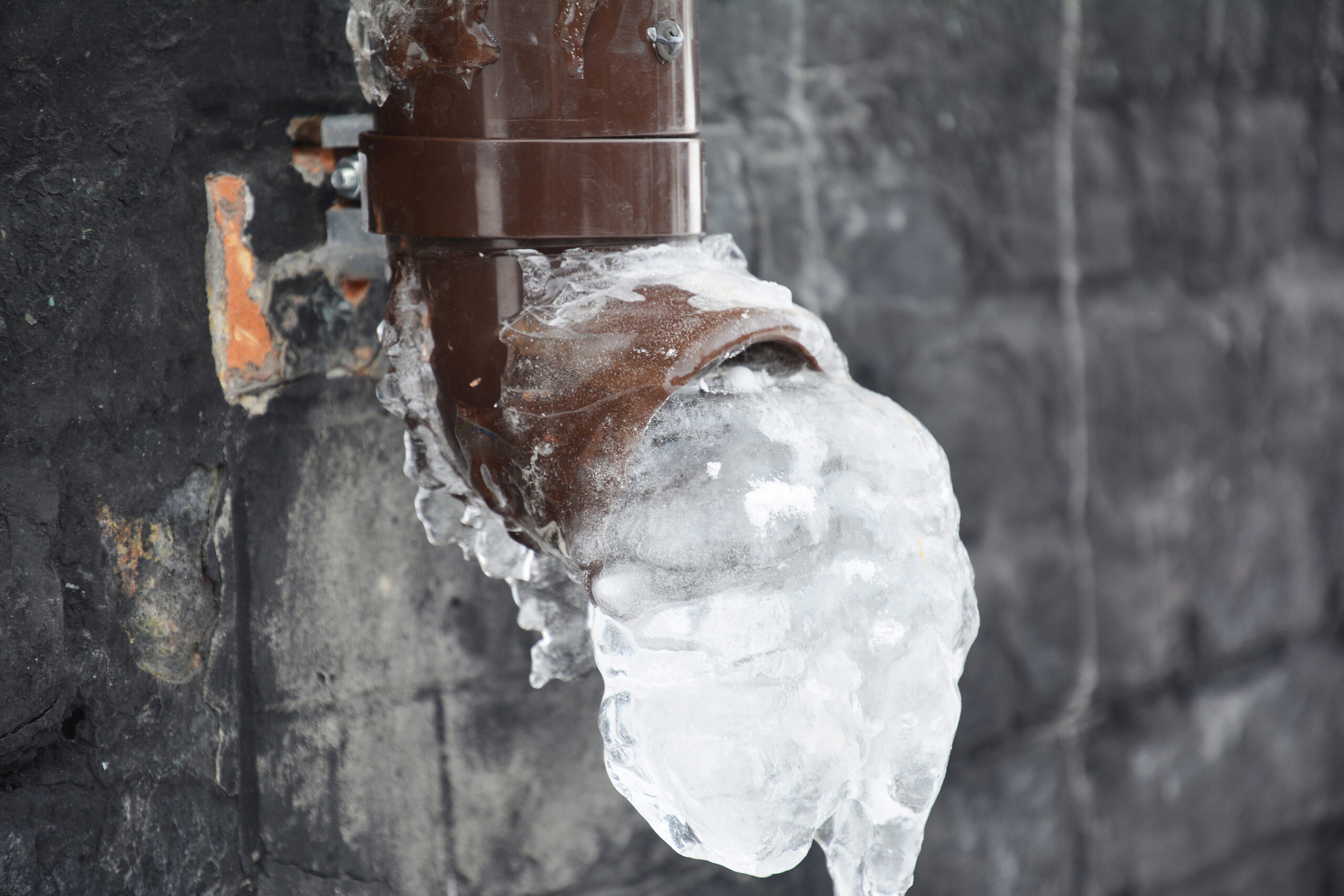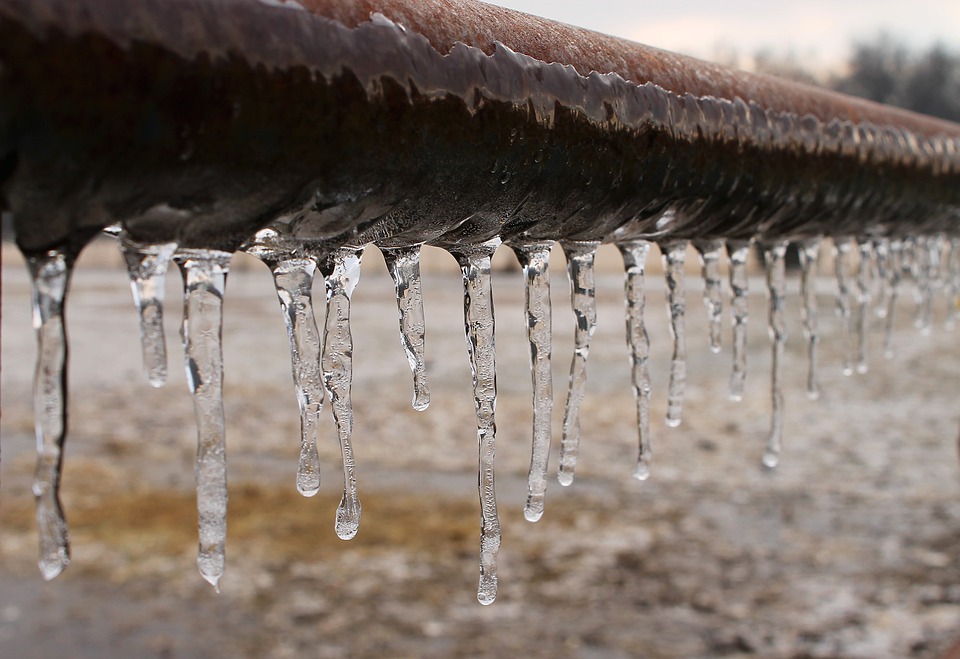How to Prevent Frozen Pipes in Winter: Professional Guidance
How to Prevent Frozen Pipes in Winter: Professional Guidance
Blog Article
Presented here underneath you will find lots of good data about Winter Plumbing Precautions: Preventing Frozen Pipes.

Winter can ruin your pipes, specifically by freezing pipelines. Below's how to stop it from taking place and what to do if it does.
Intro
As temperature levels decrease, the danger of frozen pipelines rises, potentially causing pricey repair work and water damage. Comprehending how to avoid frozen pipes is crucial for property owners in chilly climates.
Understanding Frozen Pipes
What triggers pipes to freeze?
Pipelines freeze when exposed to temperatures listed below 32 ° F (0 ° C) for prolonged durations. As water inside the pipes ices up, it increases, putting pressure on the pipeline wall surfaces and potentially triggering them to break.
Risks and damages
Icy pipelines can lead to water system disturbances, residential property damages, and expensive repair work. Burst pipes can flood homes and trigger substantial architectural damage.
Indications of Frozen Water Lines
Determining frozen pipes early can prevent them from bursting.
Just how to recognize icy pipes
Look for decreased water circulation from taps, unusual odors or sounds from pipes, and visible frost on revealed pipes.
Prevention Tips
Shielding prone pipes
Cover pipes in insulation sleeves or utilize heat tape to secure them from freezing temperature levels. Focus on pipes in unheated or exterior areas of the home.
Heating techniques
Maintain indoor spaces effectively warmed, especially locations with plumbing. Open up cupboard doors to enable warm air to distribute around pipelines under sinks.
Securing Exterior Pipes
Yard hose pipes and outdoor taps
Disconnect and drain pipes garden tubes before winter season. Set up frost-proof faucets or cover outside taps with protected caps.
What to Do If Your Pipelines Freeze
Immediate actions to take
If you presume frozen pipes, keep taps open up to alleviate pressure as the ice thaws. Make use of a hairdryer or towels taken in hot water to thaw pipes gradually.
Long-Term Solutions
Structural adjustments
Consider rerouting pipelines away from outside wall surfaces or unheated areas. Include additional insulation to attics, cellars, and crawl spaces.
Upgrading insulation
Buy top notch insulation for pipes, attic rooms, and walls. Correct insulation aids maintain regular temperatures and reduces the risk of frozen pipes.
Final thought
Protecting against icy pipelines needs positive measures and fast actions. By comprehending the causes, indicators, and preventive measures, homeowners can safeguard their pipes during winter.
5 Ways to Prevent Frozen Pipes
Drain Outdoor Faucets and Disconnect Hoses
First, close the shut-off valve that controls the flow of water in the pipe to your outdoor faucet. Then, head outside to disconnect and drain your hose and open the outdoor faucet to allow the water to completely drain out of the line. Turn off the faucet when done. Finally, head back to the shut-off valve and drain the remaining water inside the pipe into a bucket or container. Additionally, if you have a home irrigation system, you should consider hiring an expert to clear the system of water each year.
Insulate Pipes
One of the best and most cost-effective methods for preventing frozen water pipes is to wrap your pipes with insulation. This is especially important for areas in your home that aren’t exposed to heat, such as an attic. We suggest using foam sleeves, which can typically be found at your local hardware store.
Keep Heat Running at 65
Your pipes are located inside your walls, and the temperature there is much colder than the rest of the house. To prevent your pipes from freezing, The Insurance Information Institute suggests that you keep your home heated to at least 65 degrees, even when traveling. You may want to invest in smart devices that can keep an eye on the temperature in your home while you’re away.
Leave Water Dripping
Moving water — even a small trickle — can prevent ice from forming inside your pipes. When freezing temps are imminent, start a drip of water from all faucets that serve exposed pipes. Leaving a few faucets running will also help relieve pressure inside the pipes and help prevent a rupture if the water inside freezes.
Open Cupboard Doors
Warm your kitchen and bathroom pipes by opening cupboards and vanities. You should also leave your interior doors ajar to help warm air circulate evenly throughout your home.

As a reader about Helpful Tips to Prevent Frozen Pipes this Winter, I figured sharing that article post was a good thing. If you enjoyed our blog entry kindly do not forget to share it. Thanks so much for going through it.
Show Details Report this page